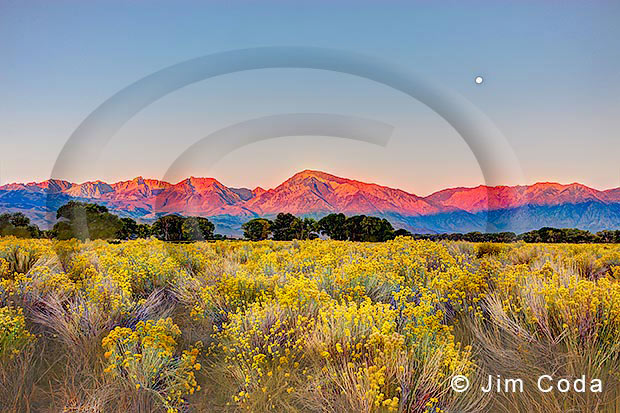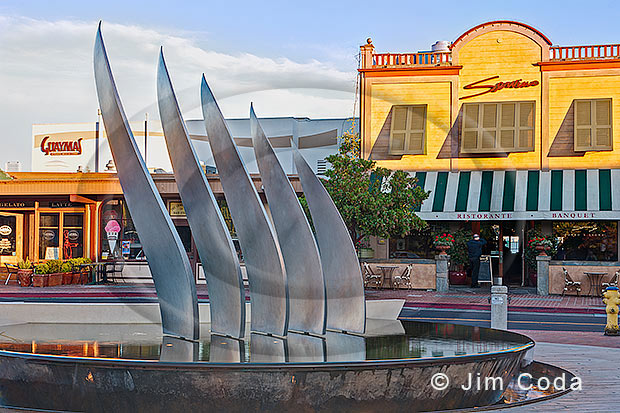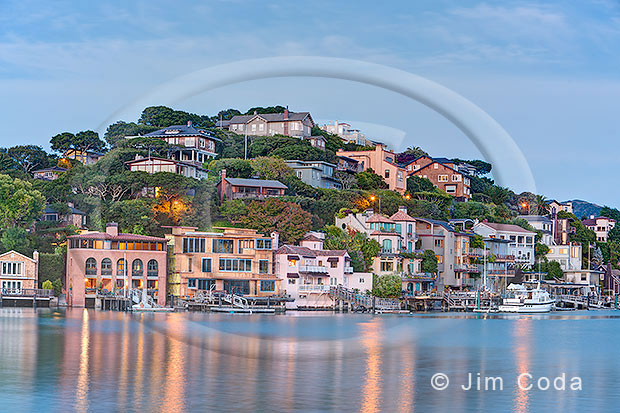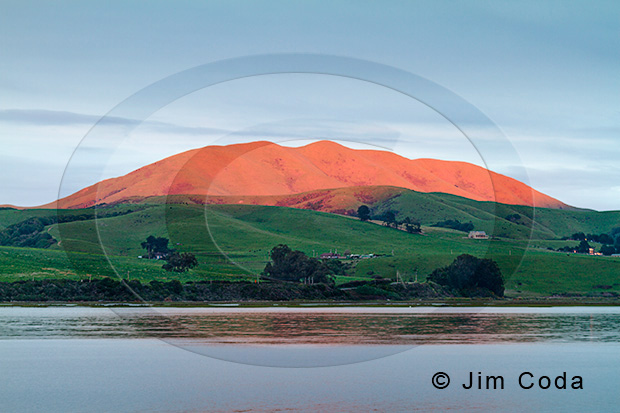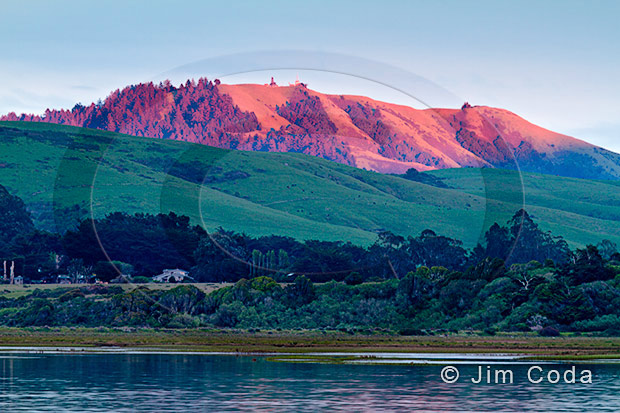The Mustard Plant; Napa and Sonoma Counties

One of the visual treats each winter and spring in the North Bay is the mustard that covers the ground in so many places. It is especially common in the grape-growing areas of Napa ans Sonoma Counties.
Mustard is not native. It was brought here by missionaries when they were scouting for mission sites. They carried mustard seeds in a sack slung over their backs. Each sack had a small hole in it. As they walked seeds would fall out and later grow. Thereafter, it was easy to return to the sites previously chosen for missions.
Wine growers found mustard beneficial. By planting it in their vineyards the plants held soil in place during winter rains that might otherwise erode soil around the roots of the vines. The growers then began celebrating the colorful plant during the slow tourist months of February and March. Visits to the wine country increased.
The mustard plant is also high in phosphorus. When the vines start to leaf out the mustard is plowed under.

